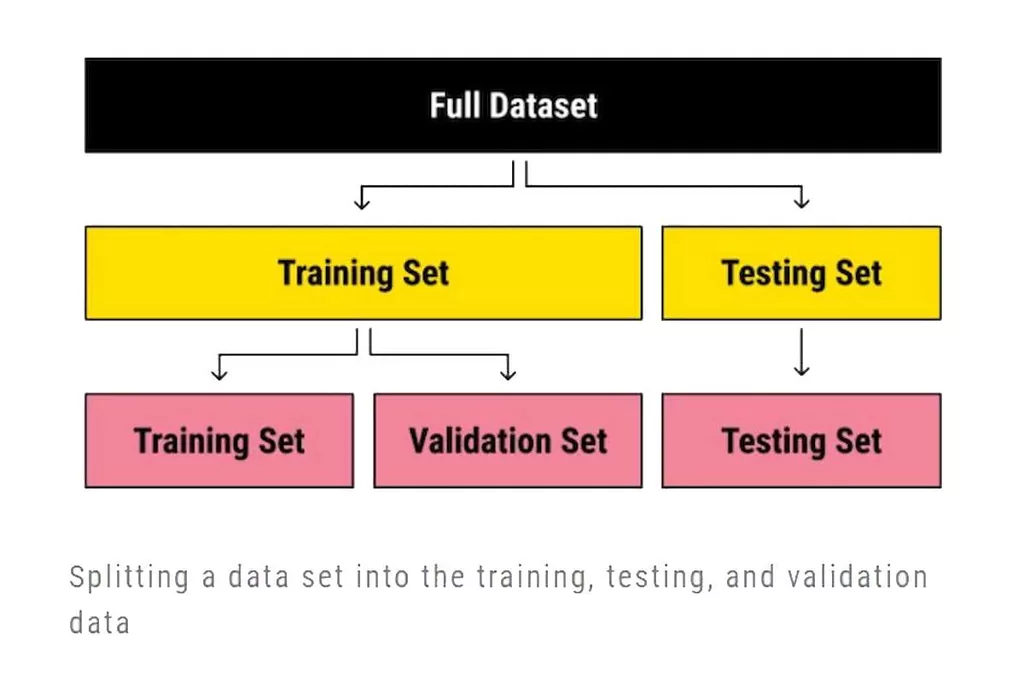Continuous delivery picks up where continuous integration ends, and automates application delivery to selected environments, including production, development, and testing environments. Continuous delivery is an automated way to push code changes to these environments. One of the aims of continuous integration is to ensure that the application is always functional and ready for deployment. When the test environment does not accurately represent a live or production environment, this is impossible to verify. Software developers should construct a “staging environment” that replicates the conditions of live production.
If automated testing discovers a conflict between new and existing code, CI makes it easier to fix those bugs quickly and often. By standardizing builds, developing tests, and automating deployments, teams can devote more time to improving applications, and less time on the technical processes of delivering code to different environments. Continuous Integration is a process of integrating code changes from multiple developers in a single project many times. Continue Integration ensures that you can always keep your code base deployable.
Infrastructure as Code (IaC): The Complete Beginner’s Guide
(Or, in the case of interpreted languages, simply pulls all the pieces together.) Step two ensures the code works as designed. The surest way to do this is with a series of automated tests that validate all levels of the product. I’ve been in the software business for 10 years now in various roles from development to product management.
- Teams implementing continuous integration often start with the version control configuration and practice definitions.
- CI/CD is a method to frequently deliver apps to customers by introducing automation into the stages of app development.
- Its goal is primarily to speed up the development and deployment processes, and it’s a key ingredient to enabling continuous integration, continuous delivery, and continuous deployment.
- Continuous delivery tools also provide dashboard and reporting functions, which are enhanced when devops teams implement observable CI/CD pipelines.
- It is also important to document any code changes or alterations in order to ensure full visibility into the process in case any faulted tests or releases are returned.
- Because there is no manual gate at the stage of the pipeline before production, continuous deployment relies heavily on well-designed test automation.
- By using Jenkins, software companies can accelerate their software development process, as Jenkins can automate build and test at a rapid rate.
Development teams typically have several environments to stage application changes for testing and review. A devops engineer uses a CI/CD tool such as Jenkins, CircleCI, AWS CodeBuild, Azure DevOps, Atlassian Bamboo, Argo CD, Buddy, Drone, or Travis CI to automate the steps and provide reporting. Automated testing frameworks help quality assurance engineers define, execute, and automate various types of tests that can help development teams know whether a software build passes or fails. They include functionality tests developed at the end of every sprint and aggregated into a regression test for the entire application. The regression test informs the team whether a code change failed one or more of the tests developed across the functional areas of the application where there is test coverage.
CI/CD & Monitoring’s technologies:
Continuous delivery is an extension of continuous integration since it automatically deploys all code changes to a testing and/or production environment after the build stage. Outside DevOps, the process may be expanded to do the same for any segment of the IT infrastructure in question. It helps teams or organizations monitor, detect, study key relevant metrics, and find ways to resolve said issues in real time. CI/CD tests and deploys code in environments, from where developers build code to where operations teams make applications publicly available.

Continuous Integration (CI) is the practice of frequently merging code changes from multiple developers into a shared repository. The goal is to detect and resolve integration issues as early as possible in the development cycle. With CI, automated tests are run every time new code is merged into the shared repository, allowing developers to identify and fix problems quickly.
Explore best practices
For that reason, it’s only natural for organizations that take a DevOps approach to software delivery to adopt a continuous monitoring strategy, too. Although, as noted above, the concept of continuous monitoring emerged out of the security community rather than the DevOps world, continuous monitoring is an obvious complement to continuous software delivery. Traditionally, continuous monitoring (which is also sometimes called ConMon) has referred to the detection of security- and compliance-related risks in particular. That said, continuous monitoring doesn’t need to be limited strictly to security monitoring. Other types of monitoring — such as infrastructure and application monitoring — can also be continuous if they focus on immediate, ongoing detection of problems. If metrics show it’s taking too long to load an image and users don’t wait for it to load, developers can improve load times.
Code changes are deployed to customers as soon as they pass all the required tests. In this stage, code is deployed to production environments, including public clouds and hybrid clouds. The automation tools move the tested and integrated software to places where it can be deployed to end users, such as an app store. Continuous integration/continuous delivery, known as CI/CD, is a set of processes that help software development teams deliver code changes more frequently and reliably.
Sign up for our DevOps newsletter
Additional controls, such as automated code validation, syntax style review tools, and more, are included in the version control framework. If you’re just getting started on a new project with no users yet, it might be easy for you to deploy every commit to production. You could even start by automating your deployments and releasing your alpha continuous integration monitoring version to production with no customers. Then you can ramp up your testing culture and make sure that you increase code coverage as you build your application. By the time you’re ready to onboard users, you will have a great continuous deployment process where all new changes are tested before being automatically released to production.

See how world-class CI/CD, automation, and security can support your workflow. The right way to create a dashboard is to first perform an assessment of the data that everyone wants and needs, and how they want it to look. For example, teams need to decide whether and how to use numbers, graphs, and colors to indicate status. If the build fails, then Jenkins will notify the errors to the developer team. Code commit built, and test cycle was very infrequent, and a single build was done after many days.
API tests
This ensures that only one build can access the resource at a time, preventing conflicts and potential corruption. Limit the number of executor nodes or configure the pipeline to run on specific nodes to manage resource allocation and prevent overloading your infrastructure. The impact of implementing CI/CD pipelines can be measured as a devops key performance indicator (KPI). Indicators such as deployment frequency, change lead time, and incident meantime to recovery (MTTR) are often improved by implementing CI/CD with continuous testing. However, CI/CD is just one process that can drive these improvements, and there are other prerequisites to improving deployment frequencies. Continuous integration not only packages all the software and database components, but the automation will also execute unit tests and other types of tests.

Jenkins is a widely used application around the world that has around 300k installations and growing day by day. By using Jenkins, software companies can accelerate their software development process, as Jenkins can automate build and test at a rapid rate. CI/CD pipeline is a software delivery process created through Continuous Integration and Continuous Delivery platforms. The complexity and the stages of the CI/CD pipeline vary depending on the development requirements. Teams that adopt Codefresh deploy more often, with greater confidence, and are able to resolve issues in production much more quickly. This is because we unlock the full potential of Argo to create a single cohesive software supply chain.
Jira Product Discovery
CI begins in shared repositories, where teams collaborate on code using version control systems (VCS) like Git. A VCS keeps track of code changes and makes them easy to revert if something breaks. It also enables configuration as code, which allows teams to manage testing, infrastructure, and more as versioned artifacts. CI/CD tasks would normally be triggered whenever changes are introduced in code, but unnecessary processes will slow down progress and strain resources like CPUs and developer hours. To solve this problem, developers can break down software into smaller code packages so that pipelines run faster. It’s a good idea to ask developers to run regression tests in all environments, so that developers only send tests to version control when all their tests pass.






